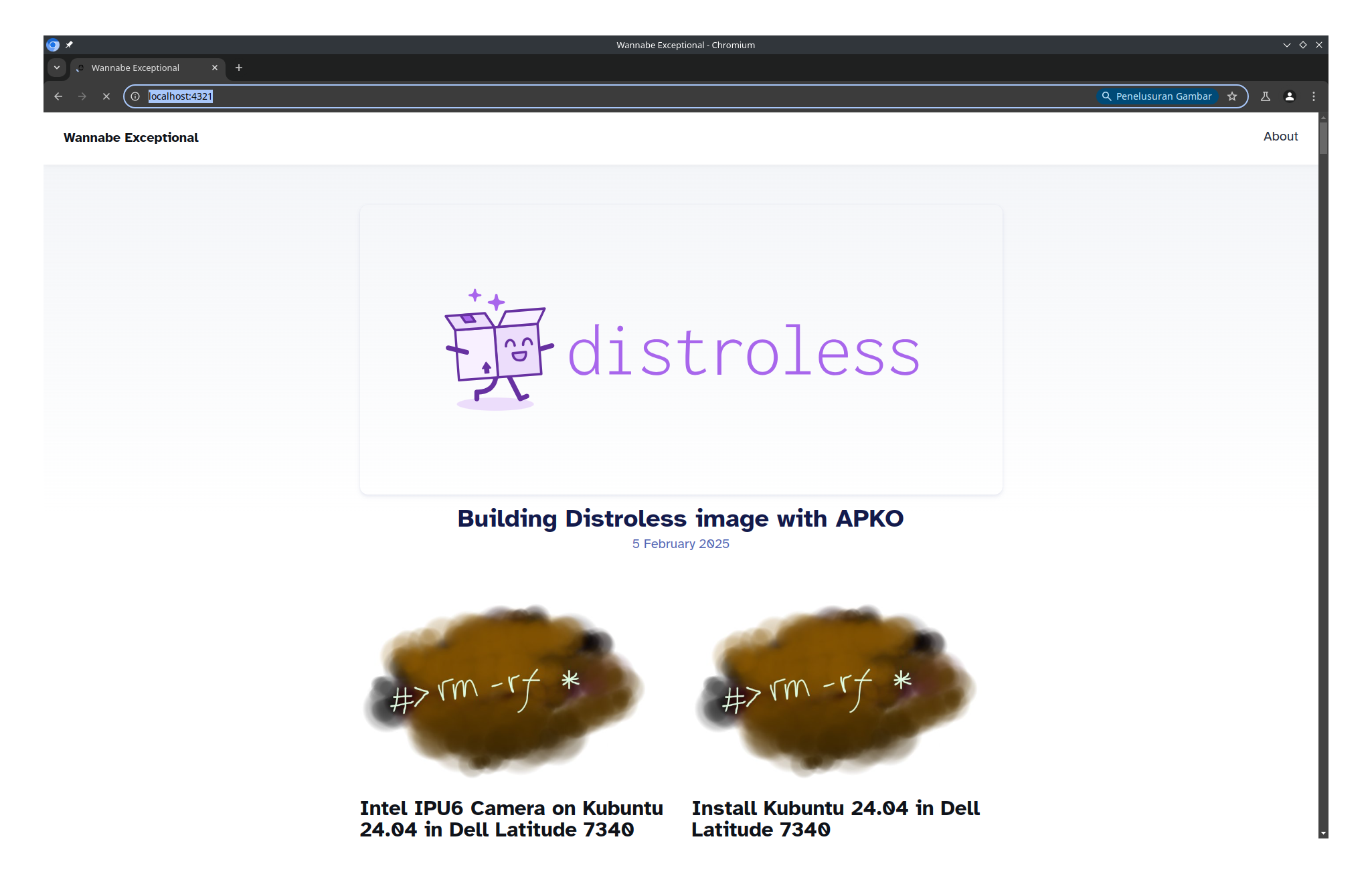TL;DR:
- Model Spotlight: Qwen3-Next-8.0B-A3B-Instruct, a new foundation model from Alibaba’s Qwen series.
- Revolutionary Architecture: Features a highly sparse Mixture of Experts (MoE) design. It has 80 billion total parameters, but only 3 billion are active during inference.
- The CPU Inference Game-Changer: The low active parameter count makes high-performance inference on CPU with large system RAM a viable reality, democratizing access to powerful models.
- Architectural Innovations: Utilizes a Hybrid Attention mechanism (Gated DeltaNet + Gated Attention) and Multi-Token Prediction (MTP) for extreme efficiency and context length.
- Community Excitement: The
r/LocalLLaMAcommunity is actively discussing the huge potential for running this model without top-tier GPUs, despite challenges like KV cache size.
A Deep Dive into the Qwen3-Next-8.0B-A3B and its CPU Inference Potential
1. Introduction: A New Model Sparks a Familiar Conversation
Every so often, a new model release doesn’t just offer incremental improvements; it sparks a fundamental conversation about accessibility and hardware. The recent announcement of Alibaba’s Qwen 3-Next Series, and specifically the Qwen/Qwen3-Next-8.0B-A3B-Instruct model, has done just that. A thread on r/LocalLLaMA lit up with discussion, not just about benchmarks, but about a paradigm-shifting feature: its incredible efficiency and the profound implications for CPU-based inference.
This model isn’t just another point on the leaderboard. It represents an architectural philosophy that could bring near state-of-the-art performance to users without a multi-GPU setup. Let’s dive into the technical details and explore why the community is so excited about its potential.
2. The Architecture: What Makes Qwen3-Next So Efficient?
The Qwen3-Next series represents our next-generation foundation models, optimized for extreme context length and large-scale parameter efficiency. According to the official Hugging Face documentation, the series introduces a suite of architectural innovations designed to maximize performance while minimizing computational cost.
2.1 Official Architectural Innovations
The documentation highlights four key innovations that form the foundation of Qwen3-Next’s efficiency:
- Hybrid Attention: Replaces standard attention with the combination of Gated DeltaNet and Gated Attention, enabling efficient context modeling across extremely long contexts
- High-Sparsity MoE: Achieves an extreme low activation ratio of 1:50 in MoE layers — drastically reducing FLOPs per token while preserving model capacity
- Multi-Token Prediction (MTP): Boosts pretraining model performance and accelerates inference through parallel token prediction
- Other Optimizations: Includes techniques such as zero-centered and weight-decayed layernorm, Gated Attention, and other stabilizing enhancements for robust training
Built on this architecture, Alibaba trained and open-sourced Qwen3-Next-80B-A3B — 80B total parameters with only 3B active parameters — achieving extreme sparsity and efficiency. Despite its ultra-efficiency, it outperforms Qwen3-32B on downstream tasks while requiring less than 1/10 of the training cost. Moreover, it delivers over 10x higher inference throughput than Qwen3-32B when handling contexts longer than 32K tokens.
2.1 The Star of the Show: High-Sparsity Mixture of Experts (MoE)
This is the core innovation driving the conversation. Unlike a traditional dense model where all parameters are used for every calculation, an MoE model has multiple “expert” networks and a “router” that selects which experts to use for each token. Qwen3-Next takes this to an extreme.
- 80 Billion Total Parameters: The model has a massive knowledge base stored across its full 80B parameters.
- 3 Billion Active Parameters: During any single forward pass (inference), the router only activates a small fraction of the experts. The result is that the computational load is equivalent to that of a much smaller 3B parameter model.
This high-sparsity design is the key. It allows the model to have the vast knowledge of an 80B model while retaining the inference speed and memory requirements of a 3B model.
| Model Type | Total Parameters | Active Parameters | Analogy |
|---|---|---|---|
| Dense Model | 3B | 3B | A single expert who knows a moderate amount about everything. |
| Qwen3-Next-80B-A3B | 80B | 3B | A library with 50 world-class experts on different topics. You only consult the 2-3 most relevant ones for your question. |
| Typical MoE Models | 70B | ~10B | A smaller library where you consult 8-10 experts for every question. |
2.2 Supporting Innovations
While the MoE design gets the spotlight, other features contribute to its performance:
- Hybrid Attention: A mix of Gated DeltaNet and standard Gated Attention. This allows the model to efficiently handle extremely long contexts by using linear-complexity mechanisms for long-range dependencies.
- Multi-Token Prediction (MTP): An advanced pre-training technique that improves the model’s planning and consistency.
3. The Main Event: Why the Community is Buzzing About CPU Inference
The most exciting implication, and the focus of the Reddit discussion, is what this architecture means for hardware.
3.1 The Promise: High-End Performance Without High-End GPUs
Traditionally, running an 80B parameter model requires a substantial amount of VRAM, often necessitating multiple high-end GPUs like the RTX 4090 or A100s. However, because Qwen3-Next-80B-A3B only uses 3B active parameters, the primary bottleneck shifts from VRAM to system RAM.
This opens the door for users to build powerful “CPU + High RAM” inference machines that can rival the performance of more expensive GPU setups for certain tasks.
Community members noted that the similar, smaller Qwen3-30B-A3B model already performs exceptionally well on CPU, making it a “daily driver” for some. The 80B model is expected to follow suit, offering a massive leap in quality for those on CPU-centric hardware.
3.2 The Reality Check: Challenges and Considerations
The discussion wasn’t purely optimistic. Running large models on CPU, even sparse ones, comes with trade-offs:
- Slow Prompt Ingestion: The initial processing of a long prompt can be significantly slower on CPU compared to GPU.
- KV Cache Size: The Key-Value (KV) cache, which stores context information, can become enormous for long contexts. This consumes a massive amount of RAM and can become a new bottleneck, slowing down token generation over time.
Some users suggested hybrid solutions, such as offloading a portion of the model to a small GPU to accelerate certain parts of the computation while keeping the bulk of the model in system RAM.
3.3 The Hardware Debate: A New Cost-Benefit Analysis
The model has sparked a debate on the most cost-effective way to build a powerful local AI machine. Is it better to invest in a single powerful GPU with limited VRAM, or a CPU server board with hundreds of gigabytes of cheaper system RAM?
For tasks involving extremely long documents or where batch processing isn’t a priority, a high-RAM CPU system might now be the more economical and powerful choice, thanks to models like Qwen3-Next.
4. Conclusion: A Shift in the Local LLM Paradigm?
The Qwen3-Next series, particularly the 80B-A3B model, feels less like an incremental update and more like an architectural inflection point. By pushing the boundaries of sparsity, Alibaba has created a model that challenges our assumptions about the hardware required to run state-of-the-art AI.
While challenges remain, the potential to run an 80B-class model effectively on a CPU-based system is a massive step forward for the democratization of artificial intelligence. It empowers developers, researchers, and hobbyists who may not have access to cutting-edge GPUs, and it will undoubtedly influence the design of future models to come.
| Parameter | Value / Description | Significance for Local LLMs |
|---|---|---|
| Total Parameters | 80 Billion | Retains the knowledge and nuance of a very large model. |
| Active Parameters | 3 Billion | Drastically lowers the computational requirement for inference. |
| Architecture | High-Sparsity MoE | The key enabling technology for its efficiency. |
| Primary Use Case | Extreme Context & Efficiency | Designed for long document analysis without extreme hardware. |
| Community Impact | CPU Viability | Opens up high-tier model performance to a wider range of hardware. |
Technical Implementation: Hugging Face Integration
The Qwen3-Next architecture has been officially integrated into the Hugging Face Transformers library through Pull Request #40771, marking a significant milestone in making this revolutionary architecture accessible to the broader AI community.
Commit Details
- PR Title: Adding Support for Qwen3-Next
- Author: bozheng-hit
- Status: Merged on September 9, 2025
- Changes: +2,964 −2 additions/deletions across 15 files
- Commits: 12 commits spanning from August 26 to September 9, 2025
Implementation Scope
The integration includes comprehensive support for:
- Model Architecture: Complete implementation of the hybrid attention mechanism and high-sparsity MoE
- Configuration System: Flexible configuration supporting different hybrid attention ratios
- Auto Classes: Full integration with Hugging Face’s auto-loading system
- Tokenization: Compatible with Qwen2 tokenizer architecture
- Documentation: Comprehensive model documentation with usage examples
- Testing: Robust test suite ensuring model reliability
Usage Example
from transformers import AutoModelForCausalLM, AutoTokenizer
model_name = "Qwen/Qwen3-Next-80B-A3B-Instruct"
# Load tokenizer and model
tokenizer = AutoTokenizer.from_pretrained(model_name)
model = AutoModelForCausalLM.from_pretrained(
model_name,
dtype="auto",
device_map="auto"
)
# Prepare input
prompt = "Give me a short introduction to large language model."
messages = [{"role": "user", "content": prompt}]
text = tokenizer.apply_chat_template(messages, tokenize=False, add_generation_prompt=True)
model_inputs = tokenizer([text], return_tensors="pt").to(model.device)
# Generate response
generated_ids = model.generate(**model_inputs, max_new_tokens=512)
output_ids = generated_ids[0][len(model_inputs.input_ids[0]):].tolist()
content = tokenizer.decode(output_ids, skip_special_tokens=True)
print("Response:", content)
This official integration ensures that developers can immediately start experimenting with Qwen3-Next’s revolutionary architecture, accelerating research and adoption of sparse MoE models in the open-source community.
References
- Original Reddit Discussion on r/LocalLLaMA
- Hugging Face Transformers PR #40771: Adding Support for Qwen3-Next
- Official Qwen3-Next Documentation on Hugging Face


